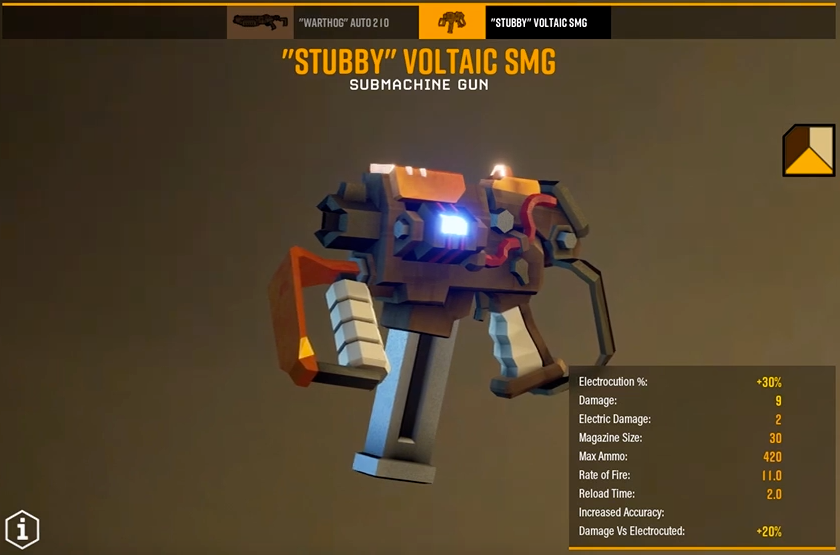

A suit headed to an asteroid might have boot soles that leverage the same dry adhesion effect of gecko skin, allowing them to attach to surfaces in nearly any condition, including near-zero gravity on a quickly rotating celestial body. Even engineers skeptical of realizing full-body MCP anytime soon envision limited applications, such as gas-free gloves.ĭepending on the destination, designers could swap in other components. Other data might come from epidermal biosensors, filtered through algorithms that recommend a slower pace to optimize energy and air supply. Local maps and preset routes superimposed on the visor could toggle on and off with voice commands.

It would also be far more durable, since mechanical counterpressure could be restored easily in the event of a breach.Ĭonductive nanowires and electro-active polymers laced throughout the suit could harvest energy from the astronaut’s movements, turning the pressurized helmet’s visor into a translucent fiber-optic heads-up display. The resulting suit would move more easily, using only 25 percent of an astronaut’s energy. Instead of pumping in a protective buffer of air, MCP exerts a uniform, full-body squeeze, reproducing sufficient atmospheric pressure through mechanical force. Since 1999, she has been developing the BioSuit, a space suit that replaces gas-filled pressurization with a different system: mechanical counterpressure (MCP).

When moving, astronauts burn 75 percent of their energy struggling against their own garments, muscling their giant balloon-animal limbs into flexion and extension, and only 25 percent on the actual business of exploration. “The more anthropomorphic it is, the cooler it looks.”īut whatever features the Z-3 takes into orbit, it’s not likely to include today’s most pioneering materials, or resolve the biggest drawback of EVA suits: They are person-shaped blimps, filled with enough oxygen to maintain a survivable pressure.

“I honestly think that’s the key,” he says. Ted Southern, co-founder of Final Frontier Design, which secured initial funding for its 3G Suit through the Kickstarter crowd-funding platform, hopes to use patterning as fashion designers always have-to improve fit. Gilman plans to counter this “baggy butt” with tactical stitching. A launch-entry suit is ungainly, an oversize one-piece embedded with rigid interfaces for the helmet and gloves, and enough room to inflate, basketball-like, when pressurized-especially in the seat, so an astronaut isn’t forced to stand up. “I love it.” There are obstacles, however, to badass space suit design. In an initial contract with suit-maker Orbital Outfitters, SpaceX stipulated that the pressure garment must look “badass.” “You don’t get that sort of verbiage in government contracts,” says Chris Gilman, chief designer at Orbital Outfitters. In its initial contract with a suit maker, SpaceX stipulated that the pressure garment must look “badass.”As designers deal for the first time with clients other than NASA, they are being forced to take on new challenges. Though the suit’s manufacturer, ILC Dover, has been experimenting with self-healing polymers, and though NASA has promoted the development of advanced materials such as aerogels for ultrathin thermal insulation, those technologies haven’t yet migrated into the EMU. Worn during space walks, it first touched the void in 1983 the majority of its fabrics were cutting-edge during the Cold War. NASA’s other suit, the Extravehicular Mobility Unit (EMU), is less of a garment than a multimillion-dollar spaceship packed with liquid-cooled plumbing. Now that the shuttle program has ended, astronauts wear the Russian equivalent of the ACES, introduced in 1973. The suit’s life-support system was ad hoc, with hoses taped down throughout the cabin. Since the shuttle’s controls weren’t built for suited operation, pilots routinely flew without their bulky gloves, leaving them vulnerable to a rapid pressure leak. NASA began using the Advanced Crew Escape Suit (ACES) after the 1986 Challenger disaster to protect shuttle astronauts during launch and reentry. Even today’s most sophisticated suits are limited to low-Earth orbit-and one was never designed to leave the spacecraft.


 0 kommentar(er)
0 kommentar(er)
